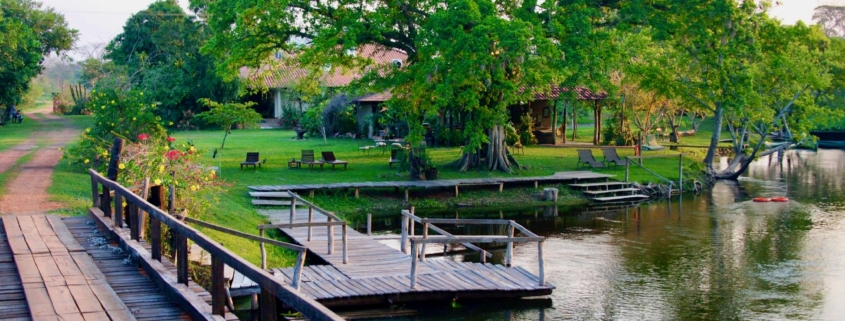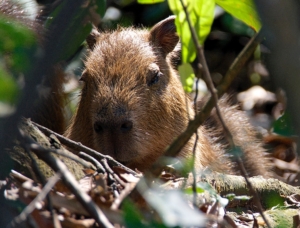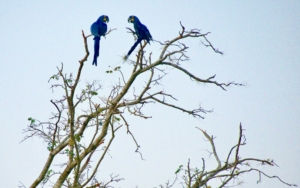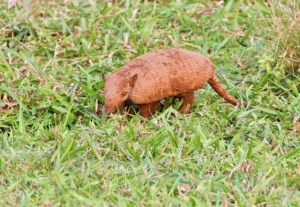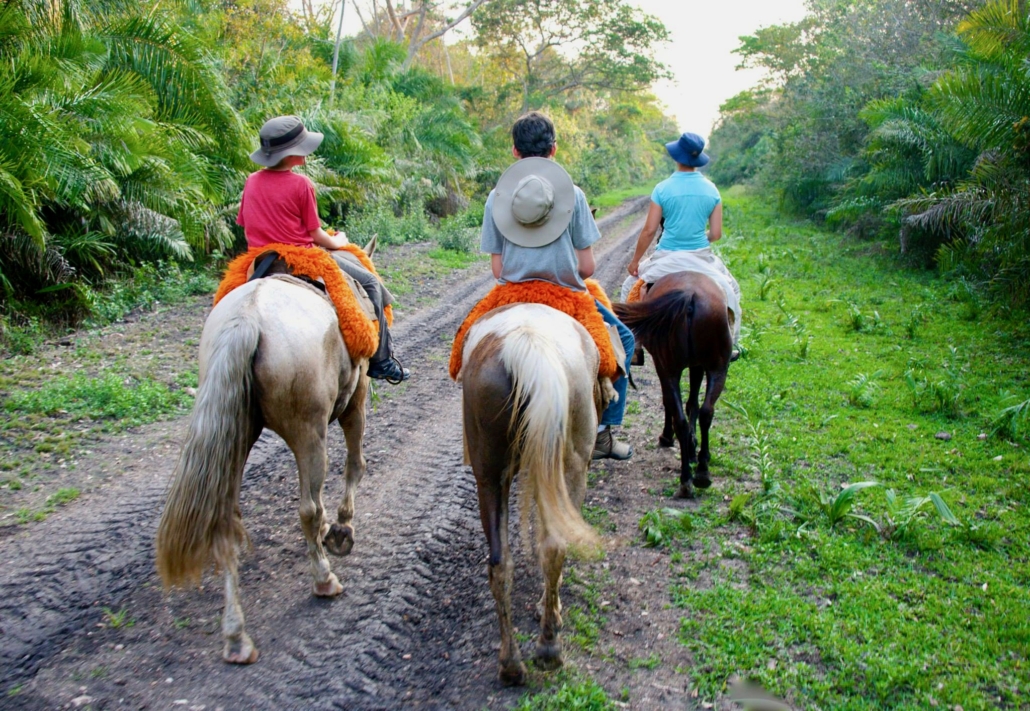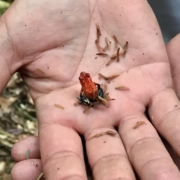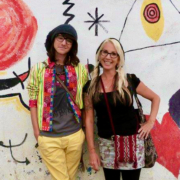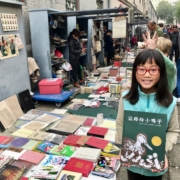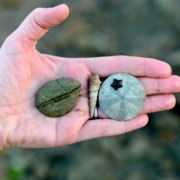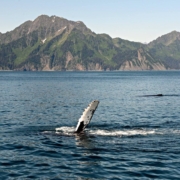Destination Inspiration: The Pantanal
The Pantanal, Mato Grosso do Sul, Brazil
Behind the headliners of Rio de Janeiro and the Amazon lies what National Geographic calls Brazil’s best-kept secret: the Pantanal.
Located primarily in the Brazilian state of Mato Grosso do Sul, the Pantanal also crosses the border into Paraguay and Bolivia. At around 68,000 square miles – 20 times the size of the Everglades – it is the world’s largest tropical wetland area and largest flooded grassland savanna.
Getting there isn’t easy. Our family of four arrived at Campo Grande Airport via Rio de Janeiro then Sao Paulo, followed by another five hours by road to reach our pousada (inn). We visited in September, toward the end of the Pantanal’s dry season. The wet season, loosely corresponding to summer, has higher temperatures and humidity – and many more mosquitoes. Our timing was no accident, as the roads in the region are also more passable when the waters recede.
Some questioned why we were traveling with children into the region (ours were the only kids at the pousada). Still, we all found the area fascinating, with loads of worldschooling opportunities in the twists and turns of both waters and conversation. If you’re ever able to visit, you might study:
The climate and hydrodynamics that govern the region
The floodplain, fed by tropical rains and their runoff, is defined by seasonal shifts between phases of standing water and phases of dry soil. Water fluctuations between the phases range from two to five meters seasonally. Locals do their best to build structures above the high watermark, but we did see photos of past guests roaming the pousada grounds in shin-deep water.
Phenomenally diverse fauna
Over 260 species of fish, including stingrays and piranha, swim in the often-murky shallows. During the dry season, 650+ species of birds congregate around the remaining water sources. Our sightings included hyacinth macaws, toucans, crest-headed kingfishers, caracaras, savannah hawks, ibis, heron, jabiru, roseate spoonbills, and rheas. On land you might find anteaters, capybaras, anacondas (yes! saw a huge one!), jaguars (elusive! didn’t see any!), turtles, caiman, and armadillos. We particularly enjoyed the river otters: four feet long versus their smaller cousins back home, they are both quick and fierce.
Conservation dynamics
According to The Nature Conservancy, “The strategic location of the Pantanal makes it more vulnerable to the advance of large scale agriculture, cattle ranching, water pollution, dams and transport navigation, thereby increasing the pressure on the local habitats.” Despite being one of the most-preserved wetlands in the world, less than 2% is under federal protection. There’s much to learn about public and private initiatives aimed to guarantee its long-term sustainability. The Nature Conservancy (https://www.nature.org/en-us/get-involved/how-to-help/places-we-protect/pantanal/) and World Wildlife Fund (https://wwf.panda.org/wwf_news/?324090/Journey-of-Water-in-the-Pantanal) can help get you started.
If you’re planning travel to The Pantanal, here are some of our favorite resources:
- https://www.nationalgeographic.com/travel/article/exploring-pantanal-brazil
- https://www.nationalgeographic.com/travel/article/brazils-best-kept-secret-the-pantanal-wildlife-biodiversity-wetlands
- https://whc.unesco.org/en/list/999/
- https://www.pantanalescapes.com/about/about.html
- https://national-parks.org/brazil/pantanal-matogrossense
And if you have them, bring binoculars! You’ll likely use them here more than anywhere you’ve ever been.

